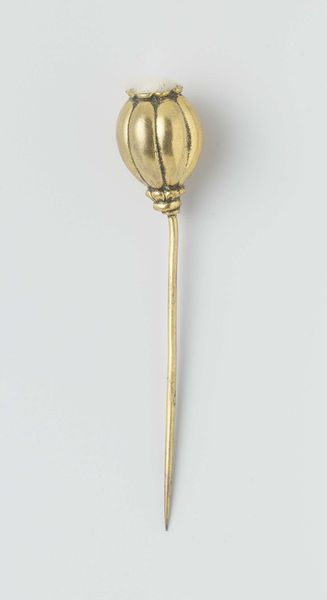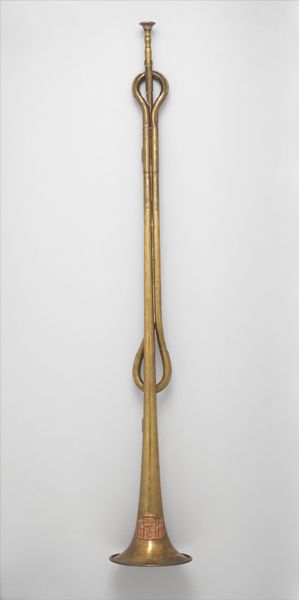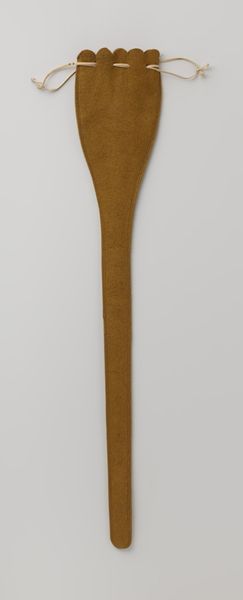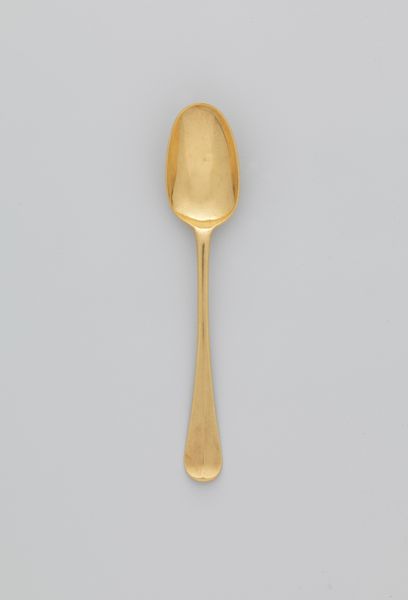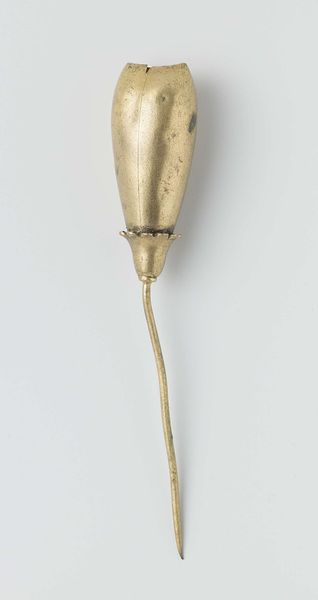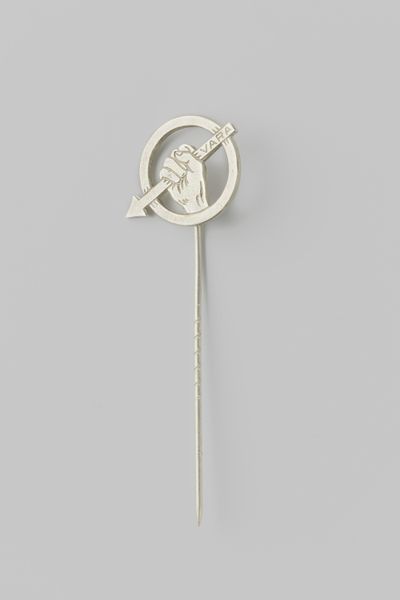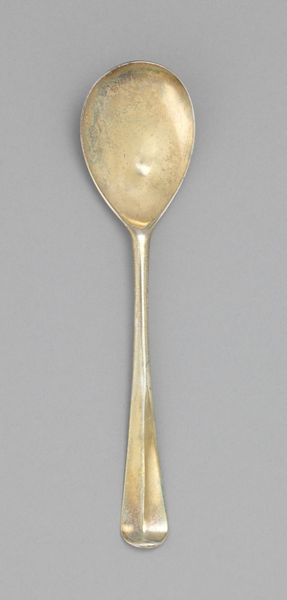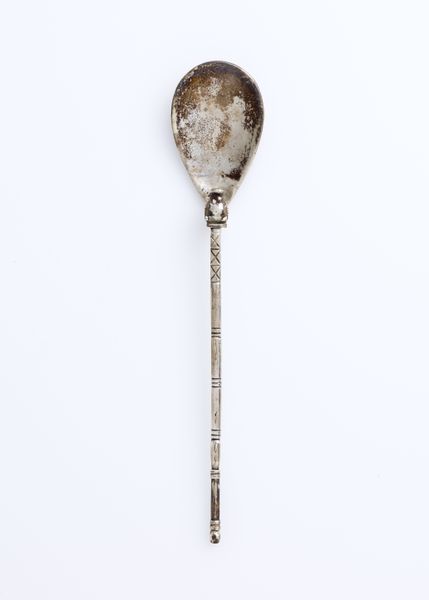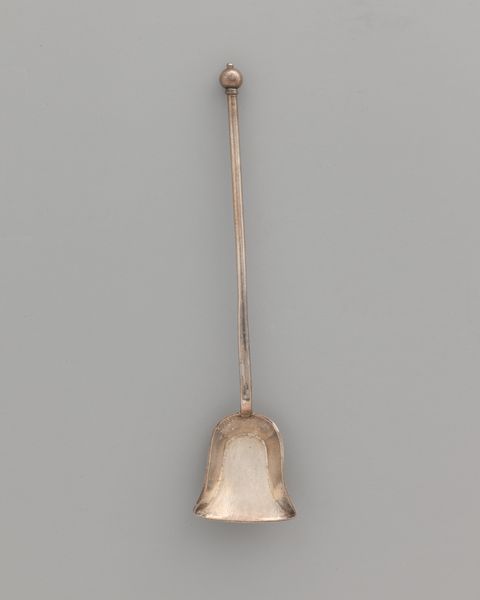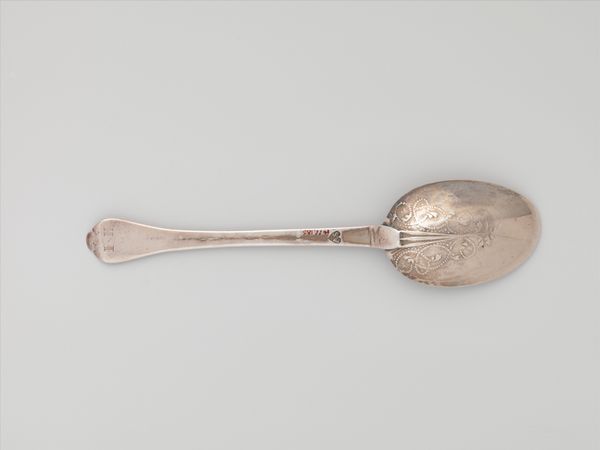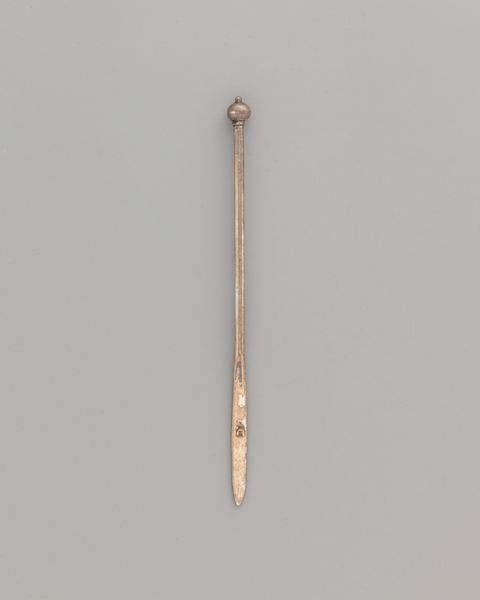
metal, gold, sculpture
#
baroque
#
metal
#
gold
#
sculpture
#
decorative-art
Dimensions: Length: 6 in. (15.2 cm)
Copyright: Public Domain
Editor: Here we have a gilded strainer spoon, crafted by Francis Williamson sometime between 1725 and 1740. Its gleaming surface is rather striking. What can you tell me about this piece? Curator: Well, looking at this spoon, one must consider the historical context of conspicuous consumption during the Baroque era. Gold, of course, has always been coded with power, but consider what it means to render something as everyday as a spoon in such a valuable material. Who was it meant for? And what statement does it make about wealth and status during that time? Editor: So it's less about the functional aspect of the spoon, and more about what it represents? Curator: Precisely! We also need to think about the cultural implications. Were such objects meant for display, and thus communicating messages of global trade and colonization? Consider, for example, that sugar—likely one of the things to be strained—was becoming increasingly available at this time due to exploited labor and trade routes. Can we disassociate this glimmering utensil from that reality? Editor: That's a very thought-provoking point. I hadn't considered the socio-political narrative embedded in such a seemingly simple object. The connection to exploited labor does reframe the viewing experience quite a bit. Curator: It's essential to view even the most "decorative" object through an intersectional lens. What else can everyday items tell us about the world around them? Editor: It definitely offers a fresh perspective on how to analyze and contextualize even the most unassuming pieces of art. Thanks for opening my eyes to the complex meanings of decorative art. Curator: My pleasure! Keep asking questions!
Comments
No comments
Be the first to comment and join the conversation on the ultimate creative platform.
